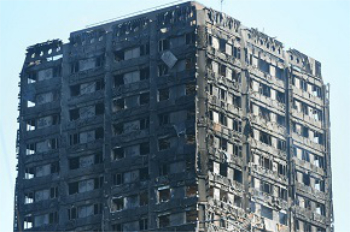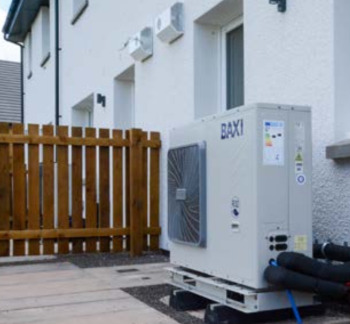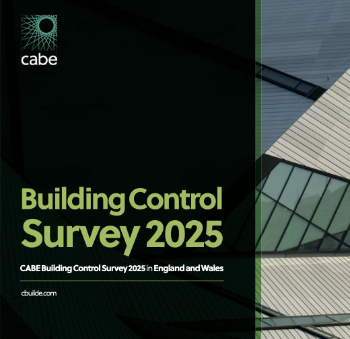Active thermal mass in buildings
To help develop this article, click ‘Edit this article’ above.
The term ‘thermal mass’ describes the ability of a material to absorb, store and release heat energy. Thermal mass can be used to even out variations in internal and external conditions, absorbing heat as temperatures rise and releasing it as they fall. In building design, this can useful for evening out and delaying extremes in thermal conditions, stabilising the internal environment and so reducing or eliminating the demand for building services systems. It can be beneficial both during the summer and the winter.
Thermal mass is often considered to be a passive component of environmental design, with heat transfer between the internal air of the building interior and the thermal mass by ‘natural’ convection. However, it can be difficult to achieve close temperature control with passive thermal mass, and large quantities of thermal mass can be required.
The term ‘active thermal mass’ refers to the controlled absorption and release of heat energy from thermal mass. This active control can be used to maximise heat transfer between thermal mass and internal spaces and to better tune the absorption and release of heat to heating and cooling demands.
Active thermal mass systems are generally air-based or fluid-based systems.
- Air-based systems operate by drawing ventilation air past the thermal mass at low velocity, to maximise the heat transfer with the air. This can be achieved by using the hollow core in pre-cast concrete slabs as a ventilation duct, or using the void created by raised floors as a supply plenum. Air-based systems can be used to regulate the temperature of the thermal mass during occupied periods and for night-time purging.
- Fluid-based systems typically pump water through pipes embedded in the floor slab (similar to underfloor heating piping) to moderate the temperature of the thermal mass. Water has a greater cooling potential than air, however, in this case, ventilation must be provided separately. The water temperature is generally maintained at above 14°C to avoid condensation, and it can also be used to provide heating in the winter.
Building management systems can be used to control active thermal mass systems based on internal and external temperatures, the temperature of the mass, the occupancy pattern of the building and any heating, ventilation and air conditioning (HVAC) systems.
Designing active thermal mass systems can be complicated, particularly where there is integration with HVAC systems and requires dynamic thermal modelling techniques.
NB Earth to air heat exchangers and thermal labyrinths also exploit thermal mass to regulate internal conditions, but in this case, the mass in not within the building itself.
[edit] Related articles on Designing Buildings Wiki
Featured articles and news
Grenfell Tower Principal Contractor Award notice
Tower repair and maintenance contractor announced as demolition contractor.
Passivhaus social homes benefit from heat pump service
Sixteen new homes designed and built to achieve Passivhaus constructed in Dumfries & Galloway.
CABE Publishes Results of 2025 Building Control Survey
Concern over lack of understanding of how roles have changed since the introduction of the BSA 2022.
British Architectural Sculpture 1851-1951
A rich heritage of decorative and figurative sculpture. Book review.
A programme to tackle the lack of diversity.
Independent Building Control review panel
Five members of the newly established, Grenfell Tower Inquiry recommended, panel appointed.
Welsh Recharging Electrical Skills Charter progresses
ECA progressing on the ‘asks’ of the Recharging Electrical Skills Charter at the Senedd in Wales.
A brief history from 1890s to 2020s.
CIOB and CORBON combine forces
To elevate professional standards in Nigeria’s construction industry.
Amendment to the GB Energy Bill welcomed by ECA
Move prevents nationally-owned energy company from investing in solar panels produced by modern slavery.
Gregor Harvie argues that AI is state-sanctioned theft of IP.
Heat pumps, vehicle chargers and heating appliances must be sold with smart functionality.
Experimental AI housing target help for councils
Experimental AI could help councils meet housing targets by digitising records.
New-style degrees set for reformed ARB accreditation
Following the ARB Tomorrow's Architects competency outcomes for Architects.
BSRIA Occupant Wellbeing survey BOW
Occupant satisfaction and wellbeing tool inc. physical environment, indoor facilities, functionality and accessibility.
Preserving, waterproofing and decorating buildings.






















